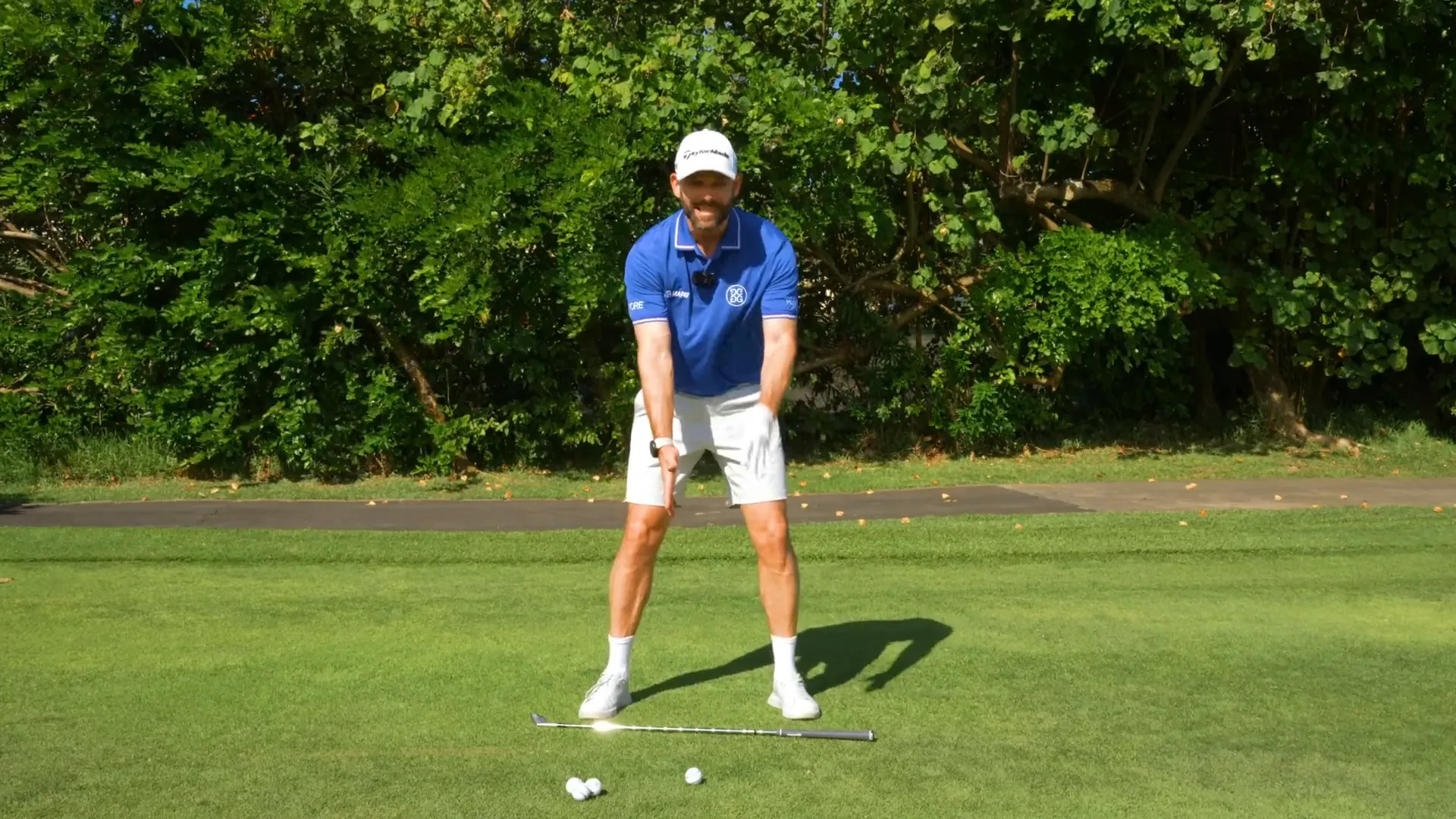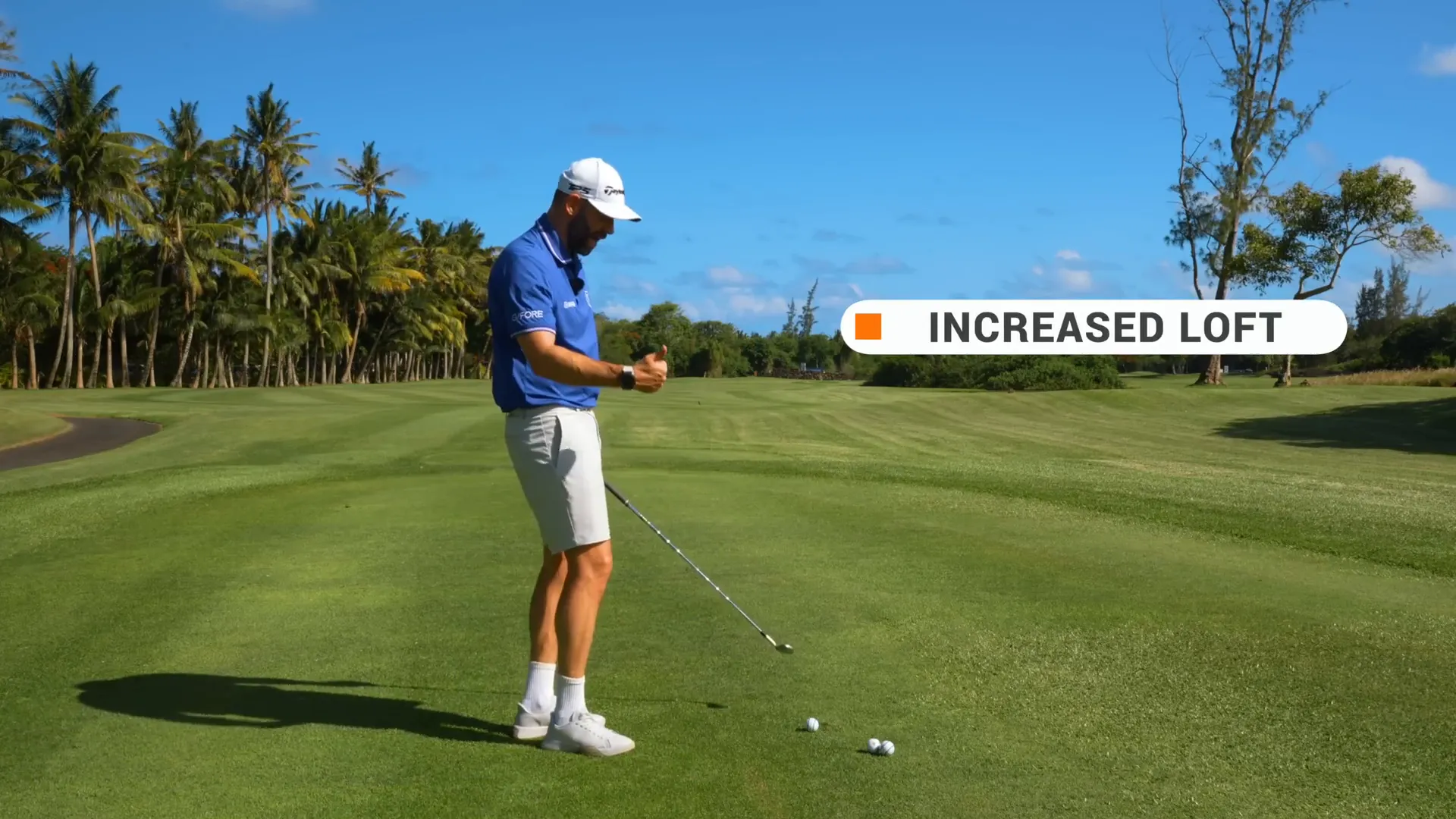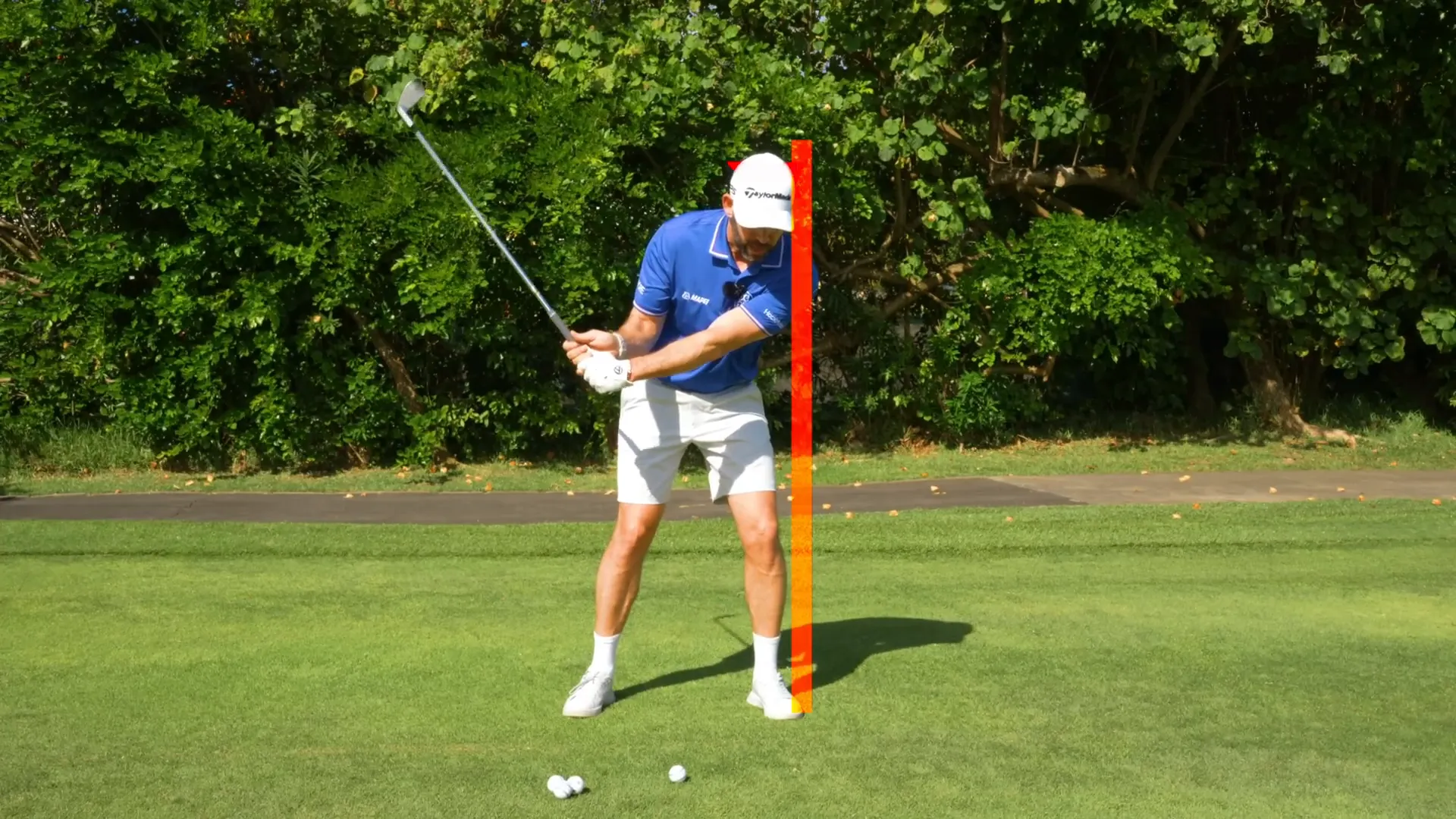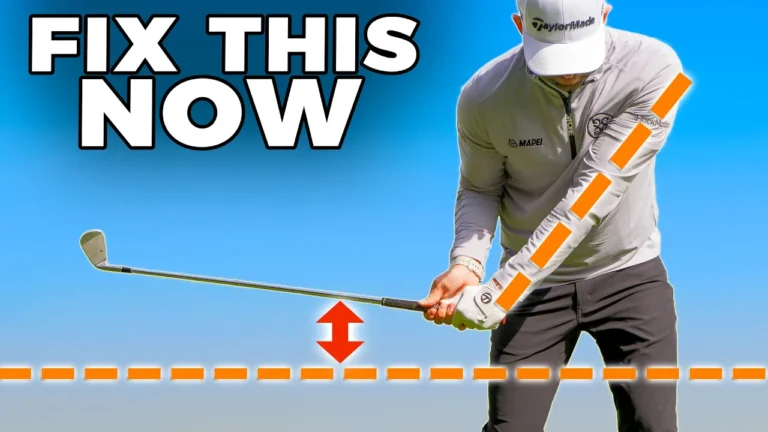Are you struggling with your golf swing? You might be unknowingly committing some common faults that are holding you back. Let’s dive into three critical swing faults that, once addressed, can dramatically improve your game.
The Killer Trail Arm Move
First up is the notorious issue of the trail arm positioning. This fault is all about how your trail arm, which for me is the right arm, gets too far behind your body during the swing. When you take a nice setup, if your trail elbow moves too far back, it can lead to a bent lead arm. This is something many golfers struggle with.
When the trail arm is pulled back too much, the lead arm often bends, creating a cramped and narrow position. The lack of body turn exacerbates this issue. The torso needs to rotate properly to avoid this common mistake. If your arms move too fast compared to your body, you’ll end up in a poor position at the top of your swing.

To correct this, try this exercise: Place your club on the ground and let it bounce. Hook your left hand behind your elbow and resist the urge to pull it back. This will force your body to rotate correctly while keeping your trail arm in front of you instead of behind. This exercise will feel different, but it’s essential for maintaining a straight lead arm.
Open Club Face
Next, let’s talk about the lead wrist. An excessively cupped lead wrist at the top of your swing is a common fault that can twist the club face open. This position can lead to unwanted loft and slices, which is something every golfer wants to avoid.
To fix this, keep an eye on your wrist position. As you take the club back, maintain a slight extension in your wrist. When you reach the top, pull your knuckles away from your forearm. This movement helps flatten the wrist, which is crucial for keeping the club face square.

These two faults—the trail arm positioning and the open club face—are closely linked. By focusing on both together, you can make significant improvements in your swing. When your arms and club face are in the right position, you’ll find it much easier to strike the ball well.
Killer Body Move
Finally, let’s address the concept of the upper body being in front of the lower body during the downswing. This fault often leads to steep swings and poor contact. When your upper body moves ahead of your lower body, it can cause you to bail out of the shot, leading to inconsistent results.
To visualize this, think about the relationship between your belt buckle and your sternum. Ideally, they should stack closely together during the swing. If your upper body is ahead of your lower body at impact, it can lead to a swing path that moves left and results in poor contact.

To correct this, practice a drill where you place a club across your shoulders and step your lead foot closer to the ball. This helps shift your weight correctly during the swing. As you complete your backswing, step across with your lead foot, ensuring your lower body leads the way while your upper body follows. This will create a better sequence in your swing.
Conclusion
These three swing faults—issues with the trail arm, the open club face, and the upper body positioning—are common yet fixable. By practicing the recommended drills and being mindful of your body movements, you can significantly improve your swing and overall game. Remember, consistency is key, and with time and practice, you’ll notice the difference.
Feel free to reach out with any questions or let me know how these drills work for you!


0 Comments